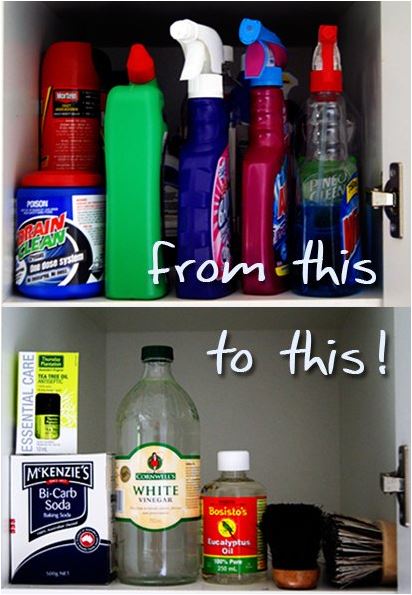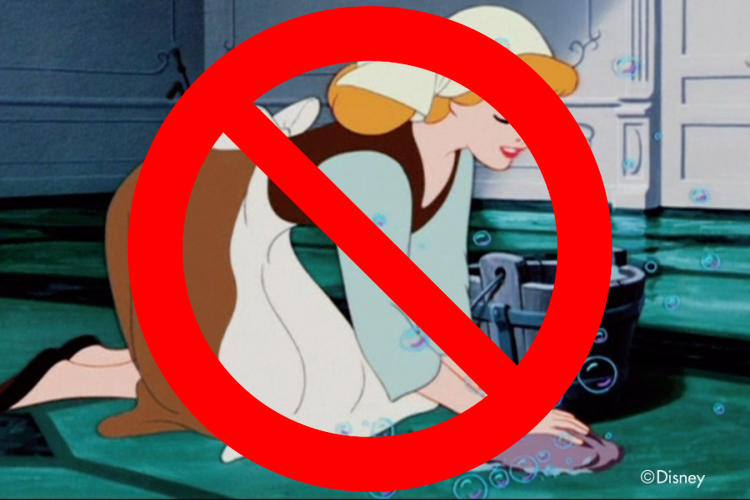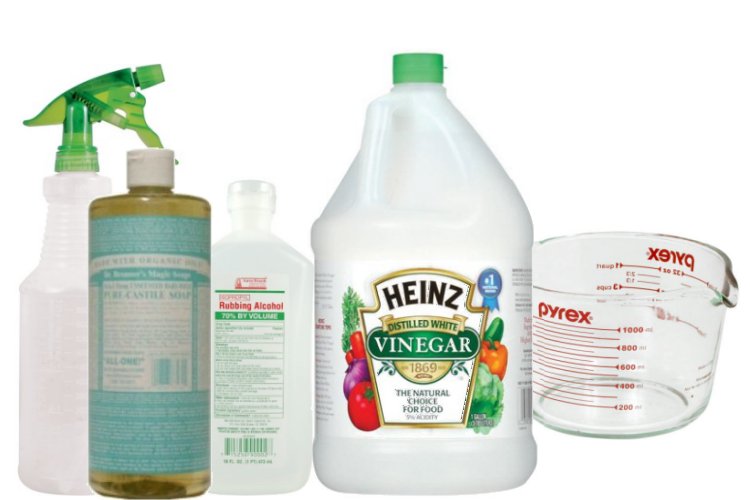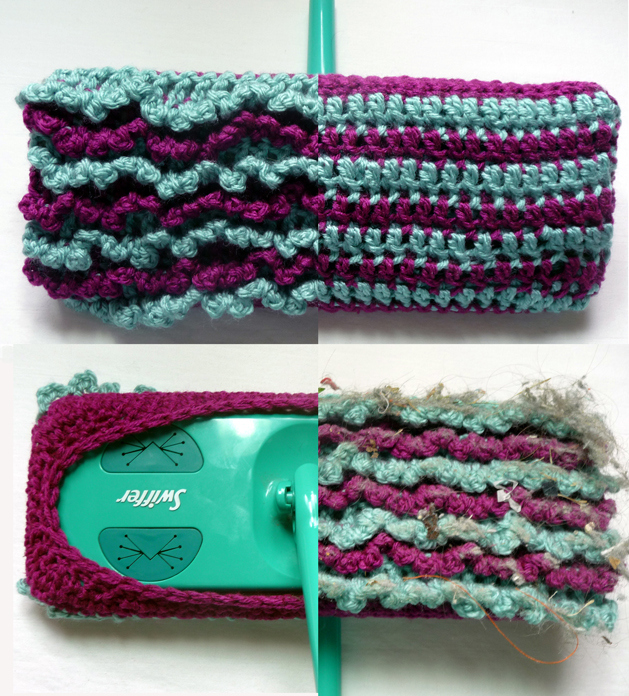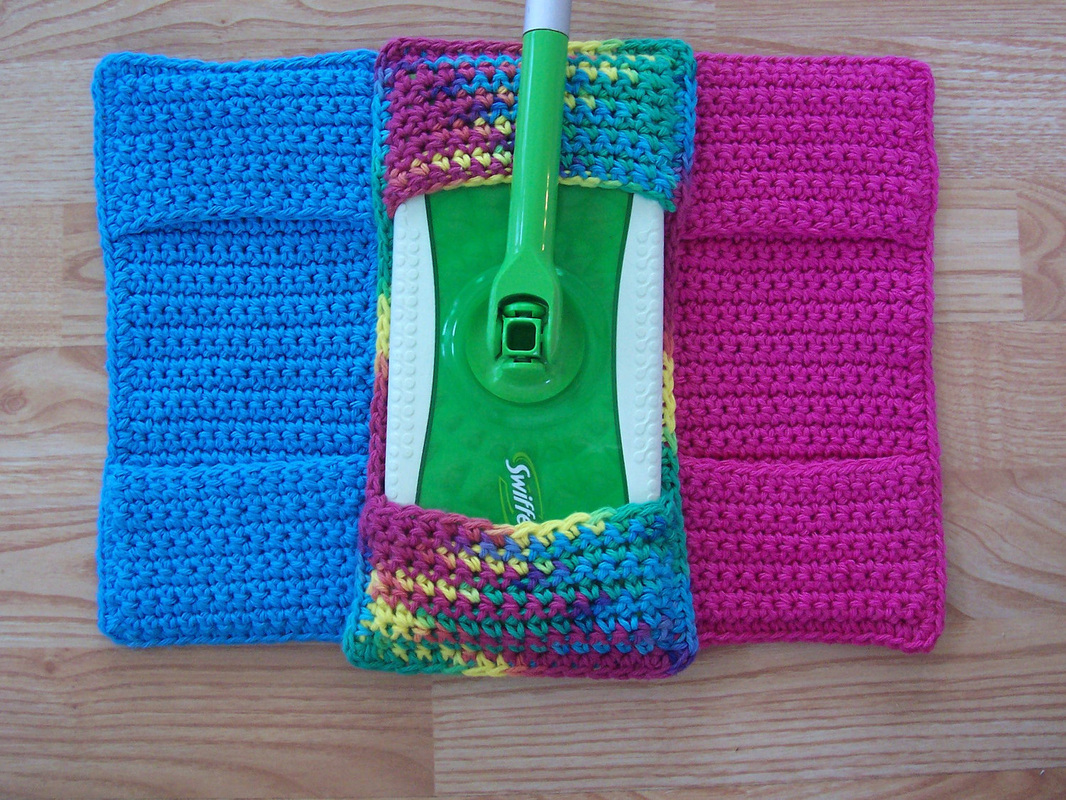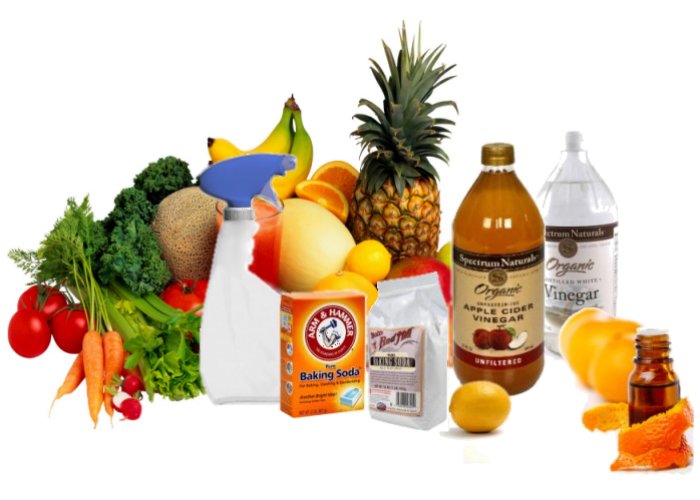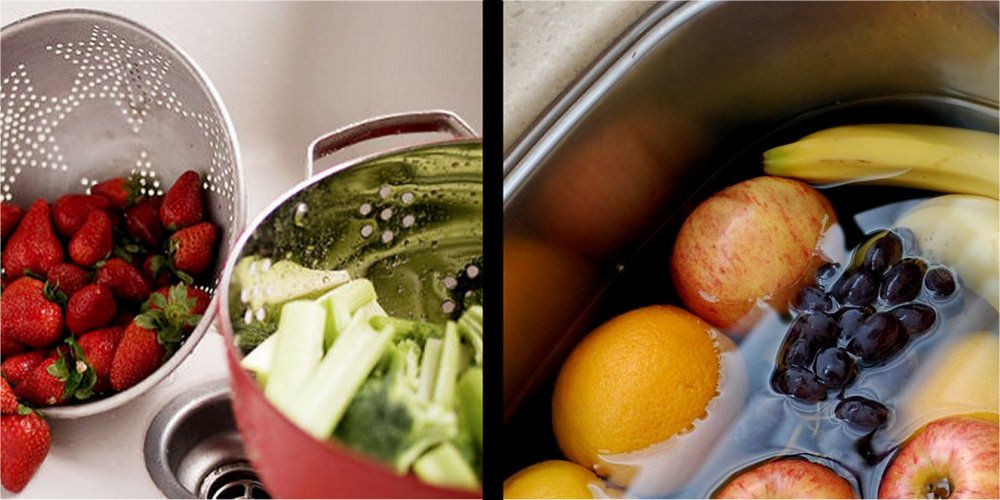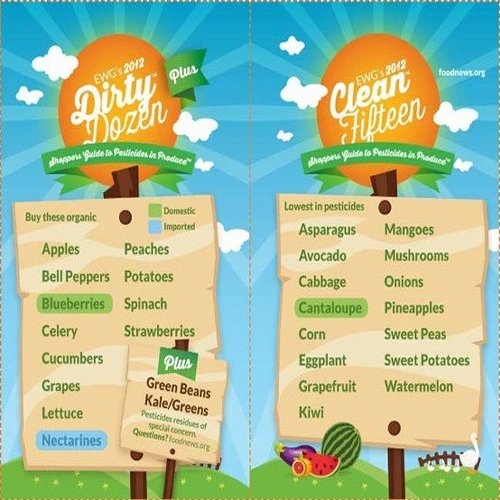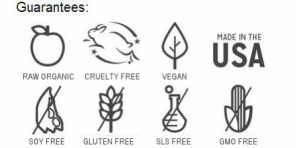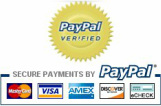|
Do you detest the toxic chemicals of the commercial cleaners on the market? Have you switched to green cleaning products? Or perhaps you're thinking about making the switch, but you're confused and don't know where to start. Green cleaning DIY to the rescue! It's not complicated either. All you need are a few basic ingredients for all your household cleaning to transform your cleaning supplies. The basic supplies you need are:
• Baking Soda • White Vinegar • Hydrogen Peroxide • Essential oils, like tea tree oil, lavender oil, eucalyptus oil, or lemongrass oil • Castile Soap (like Dr. Bronner's) • Fresh Herbs, citrus, or citrus peels • Vegetable Oil • Salt These are inexpensive, easy-to-use, and environmentally safe alternatives, which can safely be used in place of commercial household products. They can be used alone or in combination for a wealth of household applications. Here's what you can do with these products. Baking Soda - cleans, deodorizes, softens water, scours. White Vinegar - cuts grease, removes mildew, odors, some stains and wax build-up. Hydrogen Peroxide - removes laundry stains, whitens clothes, cleans fruits and veggies, sanitizes, de-germs. Essential Oils - effective against most household bacteria. Soap - unscented soap in liquid form, flakes, powders or bars is biodegradable and will clean just about anything. Avoid using soaps which contain petroleum distillates. Fresh Herbs, Citrus, or Citrus Peels - cleans, deodorizes, effective against bacteria. Vegetable Oil - polishes wood Salt - abrasive All-Purpose Cleaner: Mix 1/2 cup vinegar and 1/4 cup baking soda (or 2 teaspoons borax) into 1/2 gallon (2 liters) water. Store and keep. Use for removal of water deposit stains on shower stall panels, bathroom chrome fixtures, windows, bathroom mirrors, etc. All-Purpose Cleaner: Mix 2 cups water, 1 cup hydrogen peroxide, and 1/4 cup lemon juice. Store and keep. You can use this cleaner for everything from streak-free mirrors to wiping out the cat litter box. You'll find a list of simple green cleaning recipes at Earth Easy. What's are your favorite natural cleaning alternatives?
15 Comments
I've always been a fan of the “hands and knees” floor cleaning method over the dirty, messy mop and bucket. Can’t get into crooks and crannies with the mop; however, I have an 800 square-foot open laminate floor area, since moving out to the country some years ago. Getting on my hands and knees for that amount of space is a bit daunting. Thankfully most of the areas don’t get heavy traffic. Being of the DIY mindset for skin care and cleaning products, I found the perfect solution to my cleaning problem . . . and it’s SO easy! Oh, and be sure to read all the way to the end for a BIG surprise!! Make Homemade Laminate Floor Cleaner Here’s all you need. Use a measuring cup or jar and add equal parts: 1) Water 2) White Vinegar 3) 70% Isopropyl (Rubbing) Alcohol To this mixture, add: 4) Few drops of liquid dish detergent * (Make your own dish soap! See instructions below.) Mix all these ingredients together and pour into a fine mist spray bottle. To Use: a) Sweep or vacuum floors first b) Spray floor cleaner in a fine mist over the area to be cleaned c) Allow to set for a few minutes. Then use a microfiber mop or towel to wipe it up. (I use a Swiffer with a cloth or reusable cover.) ** (Check out the homemade Swiffer covers below.) You'll notice immediately that this cleans easily and effectively, quickly dries and is so simple to use. NO BUCKET REQUIRED! The only step I take after this is to hand-wipe the flooring around the baseboards and to get into all the corners. Easy peasy! When you have finished mopping, just toss the microfiber mop head or towel into the laundry until next time. Don’t use fabric softener or dryer sheets when laundering cleaning towels or else they will lose the ability to absorb liquids effectively. (Just use vinegar as your fabric softener.) TIPS * Make Your Own Dish Soap Instead of using commercial dish soap, make your own. · 1 cup liquid castile soap · 3 tablespoons water · a few drops essential oil (optional) Combine in a bottle of your choice, mix well, and use. (Yes, it’s that easy!) I like Dr. Bronner’s baby-mild castile soap, but any castile soap will work. ** Make Your Own Swiffer Covers Reversible Swiffer sock instructions. If you don't want to make your own, you can buy handcrafted readymade reusable Swiffer covers. What’s the big surprise I promised? After testing this on my laminate flooring and loving the results, I tried it on my windows . . . whoa, it worked GREAT! Then I tried it on mirrors . . . no more streaks! It even works on stainless steel appliances, so it has become my SUPER ALL-PURPOSE CLEANER. Really, this cleaner is fantastic!
What great cleaning tips have you discovered? You never know what kind of pesticides, insects or dirt may be lurking on the surface of your favorite fruits and vegetables. That's why it's always a good idea to thoroughly wash all your produce before eating it. Although washing with plain water can accomplish a lot, adding some natural sources of acid (namely lemon and vinegar) to the wash can provide a bit of additional, natural disinfecting power. Follow these easy steps to find out how to make a fruit and vegetable wash that is both inexpensive and completely organic. You may choose from an selection of kitchen ingredients to make your homemade fruit and vegetable wash, including purified water, vinegar (white or apple cider vinegar), baking soda, lemon, salt, and essential oils. You can simply fill your sink with water, add a cup of vinegar and a couple tablespoons of salt. Place the fruit and/or veggies in a colander and place in the water mixture. Allow to soak for a few minutes. Another option is to create a spray with: 2 cups purified water 1 cup vinegar (white or apple cider vinegar) 1 Tbsp baking soda juice of 1 lemon 10 drops lemon or orange essential oil (optional) Put all ingredients into a spray bottle (be careful as it will foam up) shake gently to mix, then spray on produce. Allow to sit for about 2 to 5 minutes. If it's a fruit or veggie that can be gently scrubbed, use a scrub brush specified for produce washing only. Rinse thoroughly and enjoy your freshly washed and cleaned produce! Be sure to store your wash in the refrigerator for up to 3 weeks before having to make another batch. You can always cut recipe in half to make a smaller batch. Research suggests to use the spray for hard-skinned fruits and vegetables and soaking for soft-skinned produce. These are not hard and fast recipes, so feel free to experiment with the ingredients to find the perfect formula for you! Why This Works The acetic acid in vinegar cleans, kills bacteria and helps to dissolve the wax and pesticide residues. The salt draws out any little bugs, dirt, other small unwanted things and will remove some of the wax. Why pay for the expensive wash at the store when you can make your own? Check out the EWG's 2012 list of Dirty Dozen and Clean Fifteen to help know the produce that you need to buy organically and the produce that is safe to buy conventionally, but that needs to be washed thoroughly.
Click here for a free printable of the guidelines that's great to take shopping. Do you believe it's important to wash your produce? What do you use to wash your fruits and veggies? |
Contact UsAuthorWelcome! I'm Stephanie (Jo to close friends), founder of EdenSong. Aside from my university studies, I have a natural passion for all things organic. I enjoy living and learning about natural ways, all things health related, cooking, gardening with herbs and flowers, photography, DIYing, yoga, bicycling, ballet, traveling and being with family and friends. A quirk of mine is my near obsession of Asian culture, particularly Korean history and its language. Would you like to know more? Find out about us. Categories
All
Archives
December 2014
© EdenSong Essentials
All Rights Reserved |
|
Sign up for monthly free tips and recipes.
|
Shop About Us Contact Us Ingredients Endorsements Terms & Policies Get in Touch Customer service or wholesale inquiries, please leave us a message: 615.292.1000 Or better yet, email us: [email protected] |
Connect Socially
© EdenSong Essentials
All Rights Reserved |
